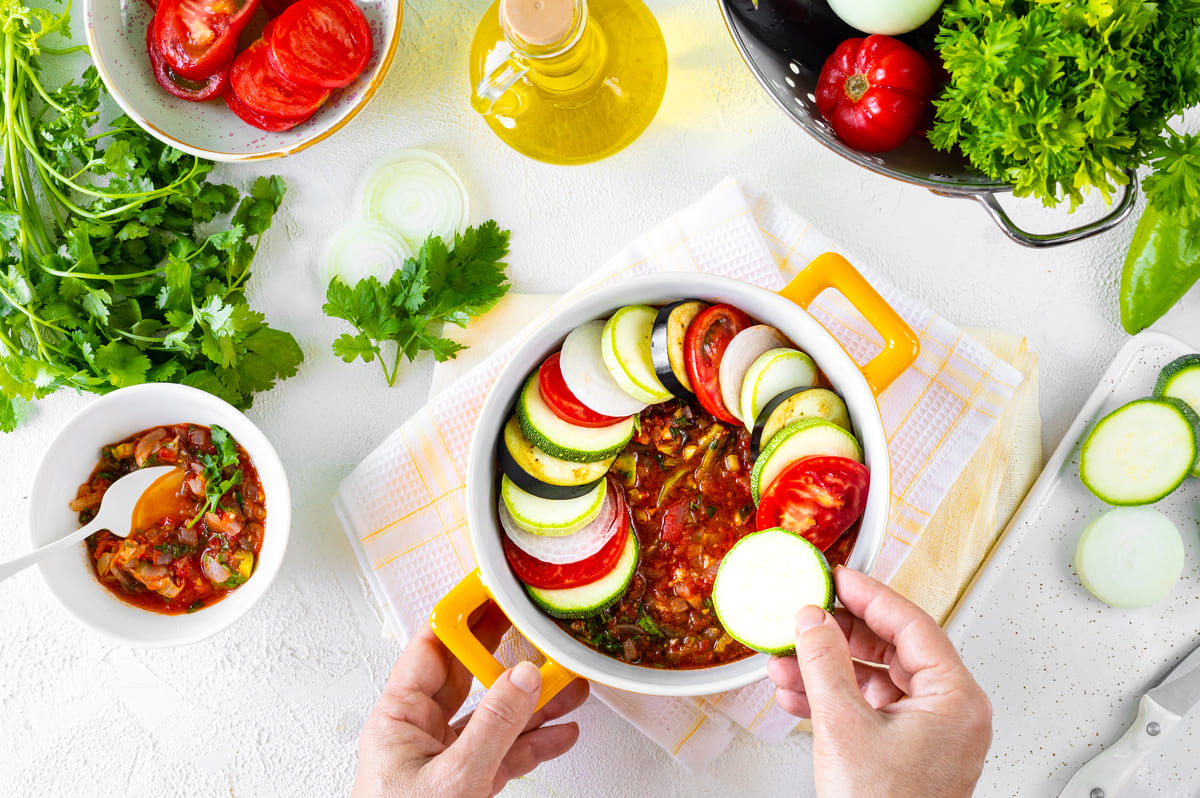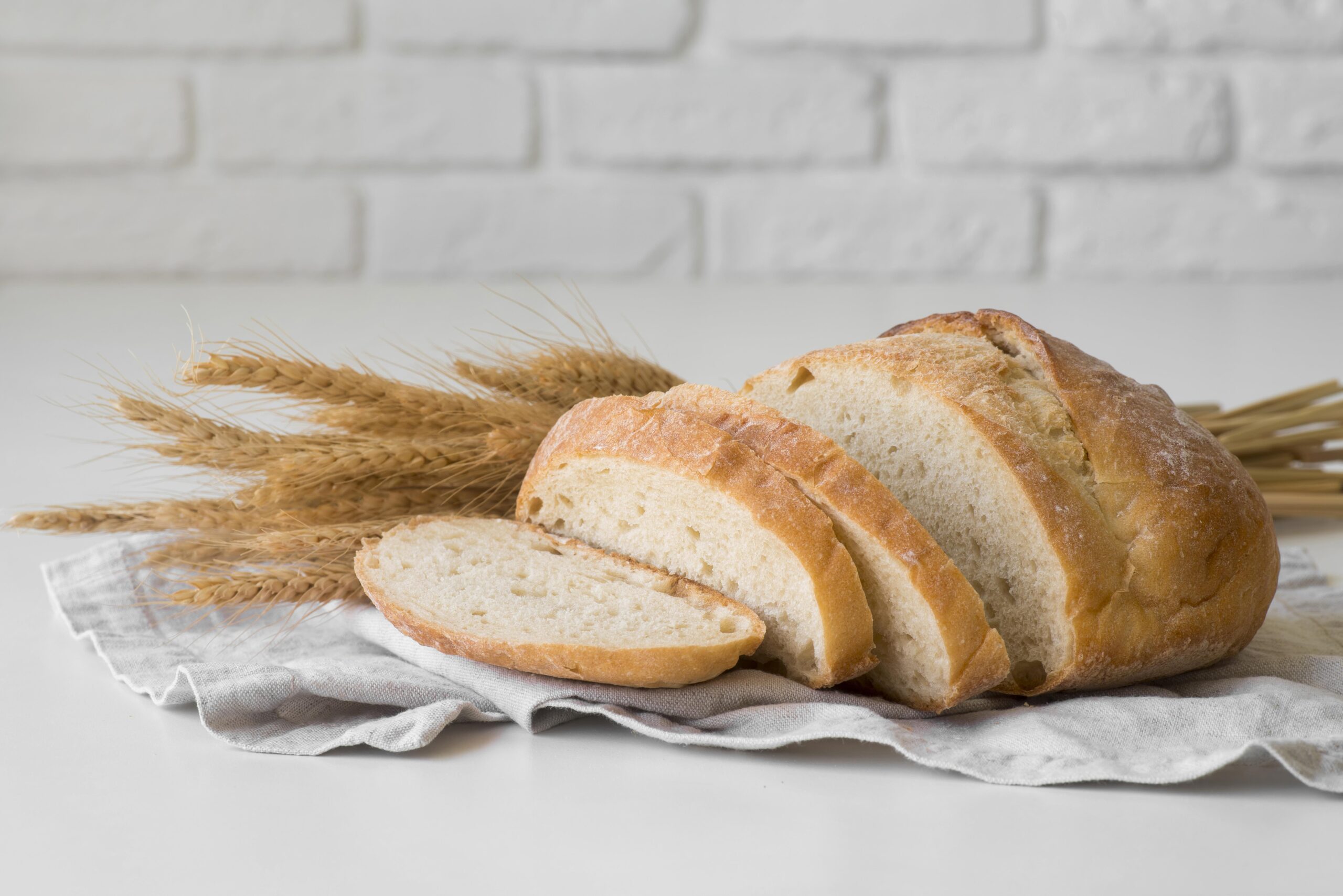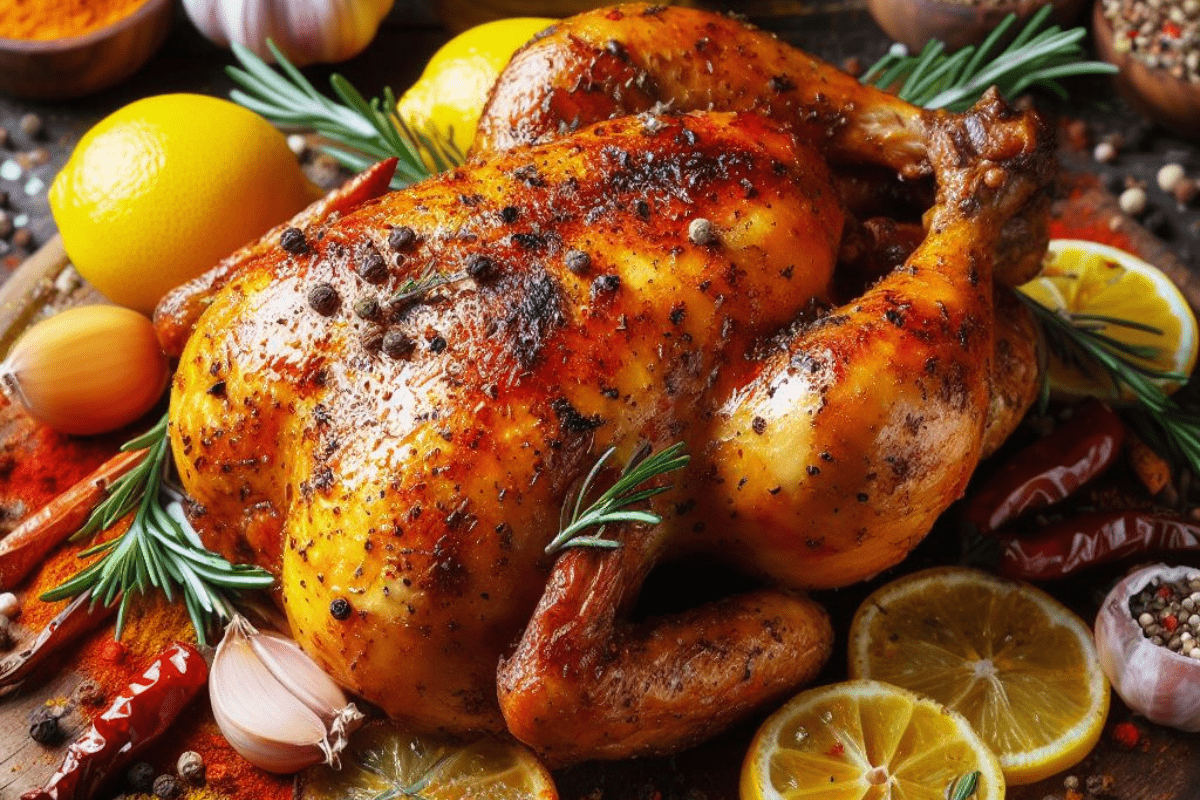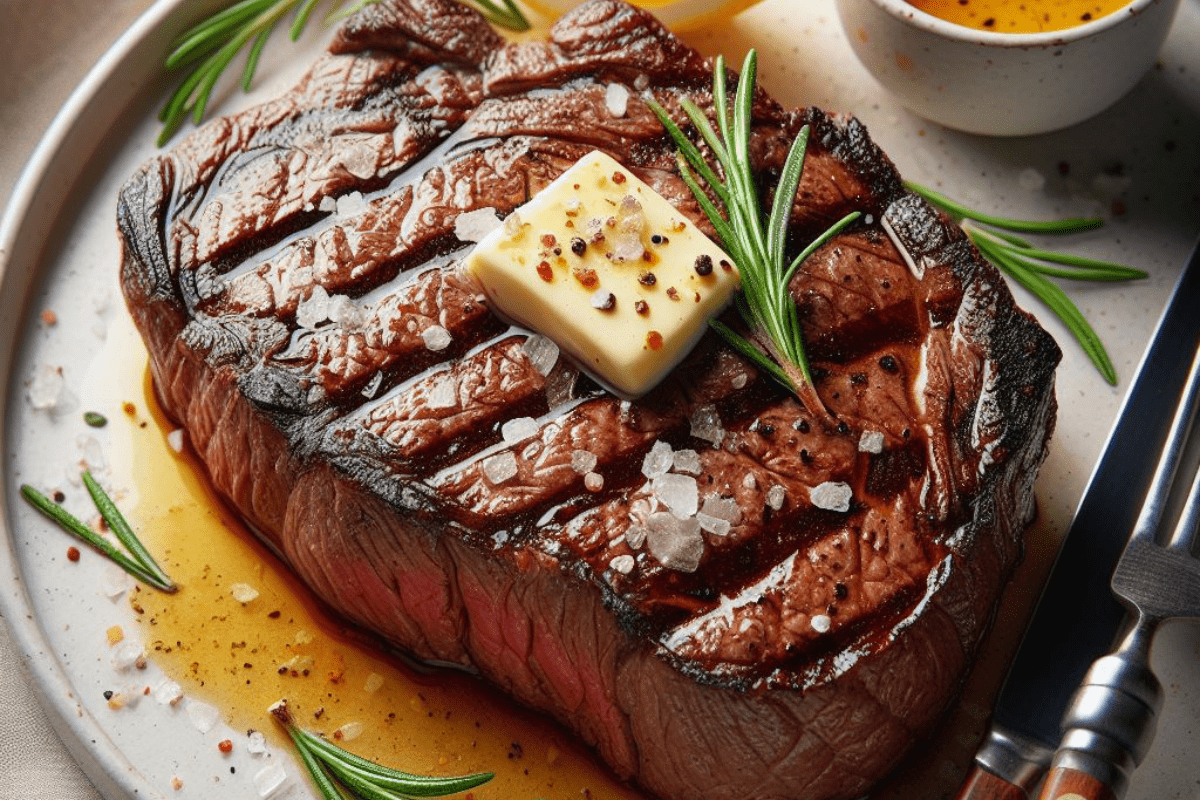Ratatouille – just the name evokes images of rustic French kitchens, bustling markets, and the delightful aroma of fresh vegetables simmering together. This iconic dish hails from the Provence region of France and is a celebration of seasonal produce at its finest. With its vibrant colors, rich flavors, and comforting appeal, ratatouille has earned its place as a beloved classic in French cuisine.
Origins of Ratatouille
The origins of ratatouille can be traced back to the rural countryside of Provence, where farmers and home cooks would gather the bounty of their gardens and create simple yet satisfying dishes. While the exact origins of the dish are unclear, it is believed to have originated as a way to make use of surplus vegetables during the summer harvest season.
The Ingredients
At its core, is a vegetable stew made with a variety of seasonal produce. While there are many variations of the recipe, the essential ingredients typically include:
- Eggplant: Choose firm, glossy eggplants with vibrant purple skin.
- Zucchini: Opt for small to medium-sized zucchini with tender skin.
- Bell Peppers: Red, yellow, or green bell peppers add sweetness and color.
- Tomatoes: Ripe, juicy tomatoes are essential for the base of the stew.
- Onions: Yellow onions are commonly used for their sweet flavor.
- Garlic: Fresh garlic cloves add depth of flavor to the dish.
- Herbs: Fresh herbs such as thyme, basil, and parsley impart aromatic freshness.
- Olive Oil: Use a good quality extra virgin olive oil for sautéing the vegetables.
The Preparation

The key to a delicious ratatouille lies in the preparation of the vegetables. Here’s how to make it:
- Prep the Vegetables: Wash and dice the eggplant, zucchini, bell peppers, and onions into uniform pieces. Mince the garlic cloves and chop the fresh herbs.
- Sauté the Vegetables: Heat olive oil in a large skillet or Dutch oven over medium heat. Add the onions and garlic, and sauté until softened and fragrant. Then, add the bell peppers and cook until they begin to soften.
- Add the Eggplant and Zucchini: Add the diced eggplant and zucchini to the skillet. Cook, stirring occasionally, until the vegetables are tender but not mushy.
- Incorporate the Tomatoes: Stir in the chopped tomatoes and fresh herbs. Season the mixture with salt, pepper, and any additional herbs or spices to taste.
- Simmer to Perfection: Reduce the heat to low and let the ratatouille simmer gently for about 20-30 minutes, allowing the flavors to meld together and the sauce to thicken.
- Serve and Enjoy: Once the is done, serve it hot, garnished with additional fresh herbs if desired. It can be enjoyed on its own as a vegetarian main course, or as a side dish alongside crusty bread, pasta, or grilled meats.
Variations and Serving Suggestions
While the traditional ratatouille recipe is a delight on its own, there are endless variations and serving suggestions to explore:
- Ratatouille Niçoise: This variation includes the addition of olives and capers for a briny twist.
- Ratatouille Tart: Spread ratatouille over a pre-baked tart crust, top with cheese, and bake until bubbly for an elegant presentation.
- Ratatouille Pasta: Toss ratatouille with cooked pasta for a hearty and satisfying meal.
- Ratatouille Stuffed Peppers: Use ratatouille as a filling for hollowed-out bell peppers, top with cheese, and bake until tender.
In Conclusion
Is more than just a dish – it’s a celebration of seasonal ingredients, culinary tradition, and the joy of simple, honest cooking. Whether enjoyed on a cozy evening at home or served as the star of a dinner party, ratatouille is sure to delight the senses and transport you to the sun-kissed hills of Provence with every bite.



